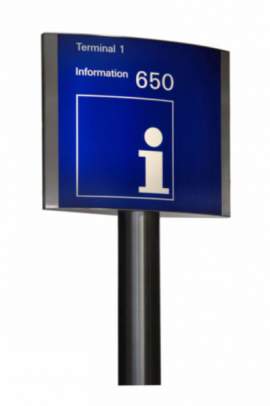
Why Is Illegal Immigration Encouraged?

Immigration to the United States can occur through the two possible forms as consist of either legal immigration, on the one hand, or illegal immigration, on the other. In this regard, people can either choose to contact the relevant agency of the United States government and secure permission to settle in the country, as can eventually allow for the later process of naturalization, or, alternately, illegal immigration can allow people to more quickly realize the benefits, as may be economic in nature or of some other kind, to be gained by relocation to the United States.
Illegal immigration has been responsible for energizing much of the debate over the legal ramifications of immigration in the United States during the late 20th century and early 21st century, in contrast to which legal immigration once represented a more pressing concern in American politics and law.
Illegal immigration has been tied to the large labor market in the United States, in which the most competitive wage decreases can be tied to the availability of employees from outside the legal infrastructure of the American labor system. Legal immigration, on the other hand, has been observed to confer greater benefits in terms of employment opportunities which possess a greater degree of visibility.
By contrast, illegal immigration has been tied to comparatively low-paying jobs. Despite the efforts which have been expended, such as through law enforcement measures and legislative changes, to encourage a shift to legal immigration in preference over the alternative, illegal immigration is generally encouraged by the widespread global interest in working in the United States.



















